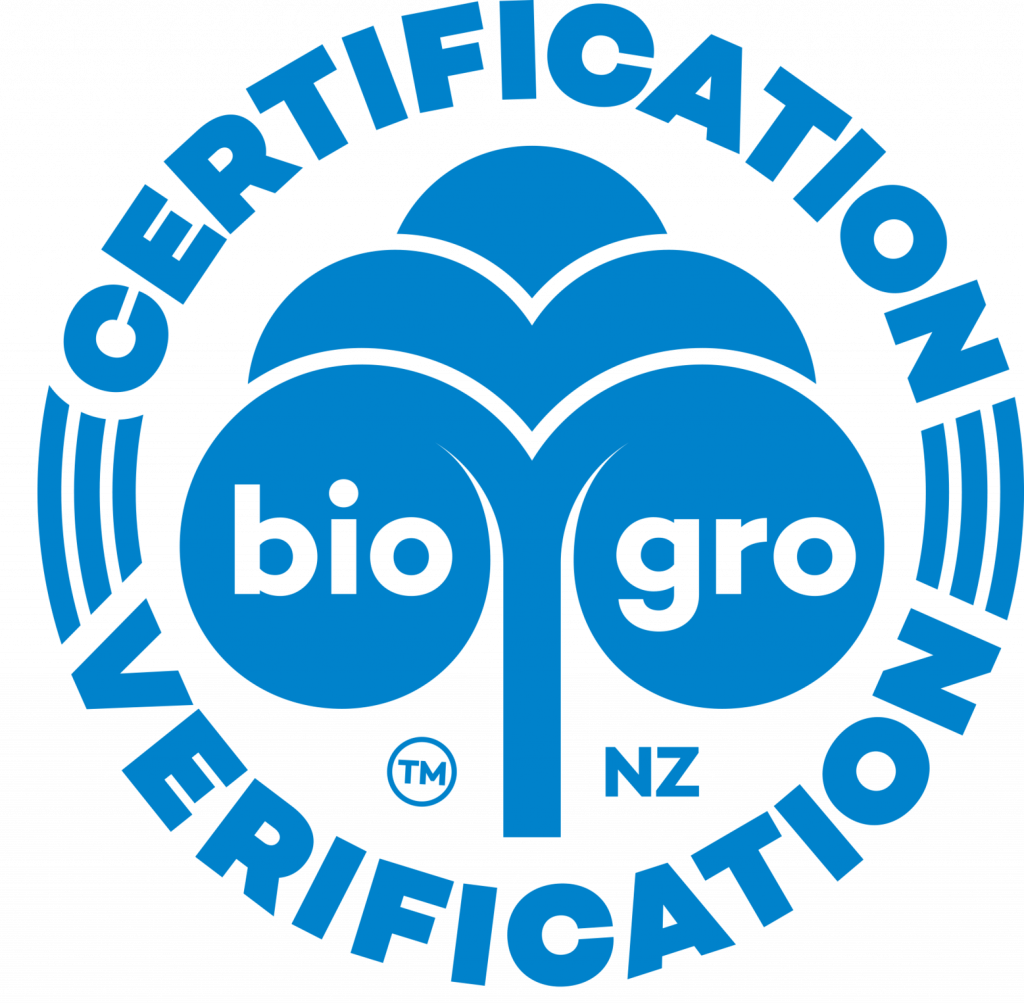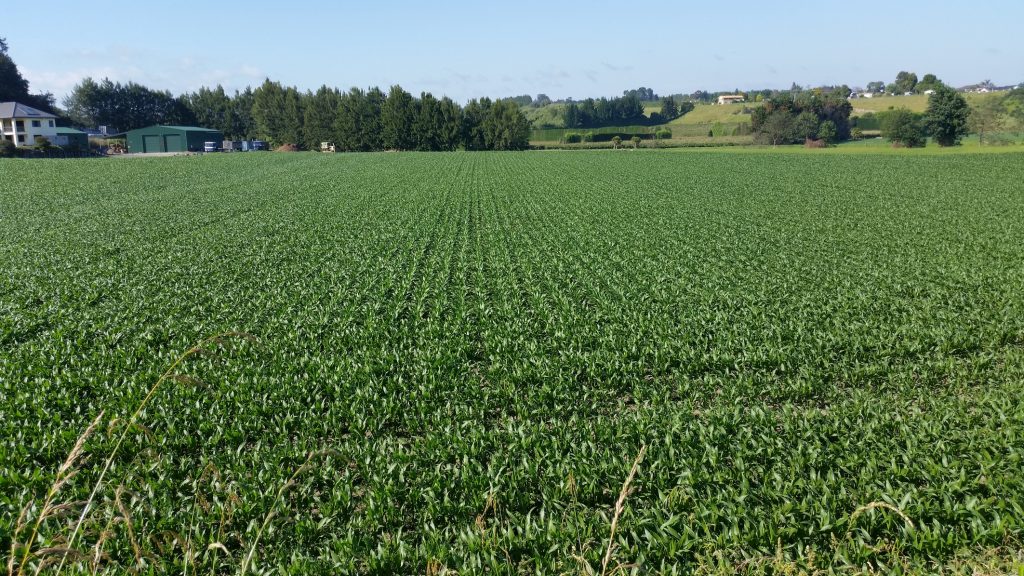SKY-ROCKET YOUR YiElds and soil quality
High performance
organic humates
Only the highest quality fulvic acid, humic acid and humin carbon blend for your farming and growing needs.
Only the highest quality fulvic acid, humic acid and humin carbon blend for your farming and growing needs.
How we can help
Our offerings

BioGro Certified
Our Fulvic Express Liquid, HuMate TriMate Liquid and AusMate are BioGro certified for use in organic production. In addition, our products may be used in Zespri and Seeka orchards.

High Quality Humates
Our raw humates are extracted from Victoria, Australia.
The humates from this mine are from carbon rich brown coals and contain higher amounts of fulvic compounds relative to most other humate sources.

Industry Knowledge
The NZ Humates owners are growers and produce exporters themselves and have had over 25 years of soil and growing experience, combined with the knowledge of our leading Russian plant biologist.

Made to Order
All orders are made to order and dispatched within 48 hours.

100% NZ Family Operated
Our company was born in 2006 in the beautiful Bay of Plenty.
What are humates?
Humate is organic material sourced from leonardite or lignite brown coal fields. It is carbon dense and rich in humus, humic and fulvic acids. Humate is widely regarded by agronomists as one of the most important factors in building soil fertility.
Humates contain about 67% carbon and carbon is the element of all life. Along with carbon, humate contains three very powerful biological acids (Humus, Humic Acid, Fulvic Acid) which have been proven to have a profound effect on plant growth yields. Humate has a very high cation exchange capacity (250) and excellent water holding capacity of 60%. Our humate comes in either dry or liquid form and can be applied by itself or with your NKP fertiliser.
It is a key ingredient in boosting soil organic matter. plant nutrition and increasing yields. It also has significant environmental benefits through its high cation exhange capacity (CEC), enabling the soil to retain nutrients and fertiliser that can be made available as required. This can greatly reduce loss of nutrients through leaching and via gasses back into the atmosphere.
There are hundreds of research studies carried out by private and public institutions and universities and all conclude the same findings – simply put, humates are recognised as one of the most effective of all soil conditioners through its powerful transformative results.
Key Benefits for using Humates
What Humates can do for you
- Increase plant growth, sugar content and yields through deeper root growth and increased nutrient capture capacity.
- Healthier soils and microbial stimulation through increased levels of humus, humic and fulvic acids and soil organic matter.
- Beneficial environment impact through reduced leaching of nitrogen compounds and increased soil retention of CO2.
- Unlock tightly held nutrients, allowing improved fertiliser effectiveness, reducing costs for farmers and growers.
- Improve soil structure, aeration, water holding capacity and drought protection.

With Humates

Without Humates
Recommended Watch
Key points from the TED talk
- The higher the humus levels in soil, the less the need for chemical intervention.
- Humus is the primary vehicle for mineral storage and delivery in the soil, greatly improving the nutritional value of food.
- 1% increase in organic matter (humus) means soil can hold an additional 170,000 litres of water per hectare.
FAQ
Most frequent questions and answers
Humates are organic materials sourced from lignite brown coal fields. They are carbon dense and rich in humus, humic and fulvic acids. They are widely regarded by agronomists as one of the most important factors in building soil fertility.
TYPICAL ANALYSIS OF HUMATES
Carbon 69%
Nitrogen 0.52%
Sulphur 1.4%
Calcium 0.5%
Magnesium 0.35%
Potassium 0.01%
Phosphorus 10ppm
Boron 24ppm
Copper 2ppm
Manganese 40ppm
Iron 0.22%
Hydrogen 4.7%
SiO2 0.35%
AI2O3 0.52%
Water holding capacity 60%
Ash 1.8%
Volatiles 49%
Natural Humates are widely regarded as a premier source of organic matter and are thus recognized as the most effective of all soil conditioners. They contain a very high cation exchange capacity (250) and excellent water holding capacity of 60%.
Humates contains up to 60% slow-release Humic Acids, which are renowned for their capacity for nutrient release and improving soil structure while helping to maximise the benefits of applied fertilisers.
Humic substances are the forest residues and other plant matter that have been preserved and compressed during geological upheavals. They usually contain large quantities of trace minerals, and up to 5,000 calories per gram, which in turn provides energy for plant growth.
NZ Humates’ Fulvic Express has been shown to double the knock down time glyphosate has on weeds. It helps to bring the glyphosate into the weed, speeding up delivery of the herbicide and taking it to the weed’s root system.
Applied nitrogen is notoriously unstable in the soil. Urea delivers about 28% of its 46% nitrogen lode. When combined with humates, humic or fulvic acids, Nitrogen (Urea) is stored on the humate colloid by the free radicals within the humic and becomes a very stable, slow releasing nitrogen source. All 46 units are retained and the released pattern is extended by 60 to 80 days thus allowing 10-40% less nitrogen to be used. Humates/Humic controls the lost of humus which can be caused through the nitrification of nitrogen (Urea) by nitrifying bacteria.
When Humates/Humic Acids are combined with any fertiliser DAP, MAP, Urea, SOP, SOA, etc, the fertiliser will become much more stable in the soil through the binding of the product to carbon. Leaching and lockups are significantly reduced. The humic and fulvic substances will work to unlock tightly held minerals and the high CEC allows nutrients to be held in the soil and made available to the plant roots upon demand, thereby increasing the protein and mineral contents of most crops. In addition, these fertilisers will be absorbed and utilised much more effectively (30 to 50% improved uptake) in the presence of humates/humic substances.
Potash is wood ash that has been harvested for it’s potassium content. It is useful for plant uptake. However, it is primarily concerned with increasing the soil’s potassium content.
We would prefer humates, humic and fulvic materials because they actively enhances soil organic matter, feed soil microbes, condition the soil and bring nutrients into plants.
Biochar is slowly heated biomass, similar to charcoal however, it has released its gasses. It is commonly used as an adsorbent or soil amendment.
We consider humates to be a superior product due to its ability to feed microbes in the soil, condition the soil, improve soil organic matter, hold on to minerals through high CEC and increase the amount of nutrients brought into the plant.
1. Increased leaf and top growth
2. Increased root growth
3. Increased rhizosphere activity
4. Enhanced nutrient uptake and stimulation
5. Increased efficiency of use of soil nitrogen
6. Improved yield of grain, fruit, roots, nuts, etc.
7. Enhanced chlorophyll development and photosynthesis
8. Earlier maturation of the crop due to faster growth
9. Improved flowering and fruit set
10. Enhanced plant qualities
11. Increased drought tolerance
12. Greater efficiency of water use
13. Increased standability
14. Improved frost tolerance
15. Enhanced resistance against pathogen attack
Yes, in four different ways.
1. Increased germination or speed of germination.
2. Improved early rooting and top growth.
3. Increased seedling survival.
4. Enhanced tillering.
1. Improved soil structure, porosity and tilth.
2. Increased content of soil nitrogen and
organic matter, and certain other soil
components.
3. More rapid breakdown of crop residues.
Humates, humic and fulvic substances stimulate soil microbes, which work to breakdown and clean up a range of toxic chemicals, oils, heavy metals and sprays residing in soils.
Humates are also a direct stimulant of the beneficial fungi called Mycorrhiza, which colonize the roots of host plants. Mycorrhizal fungi are organisms that live inside and outside root cells and help them reach for nutrients by extending long threads called “hyphae” into the soil. The hyphae act as extensions of the root system sourcing nutrients for plants. Plants, in exchange, supply the fungi glucose and possibly other organic materials so the fungi can grow and in turn feed the plant. Predatory fungi control pathogenic nematodes by the production of mycelia, which invade their tissue and are then digested. There is a tremendous value in the productivity and protection of mycorrhiza microorganisms. Increases in growth production have been documented at 1600% for citrus, 4900% for grapes and 122% for soybeans. By the release of more or less carbon compounds into the cortical root cells, the host plant can regulate the abundance of mycorrhizal colonization from the plant root to the soil, thus increasing the growth and intensifying plant development along with crop yields.

